Today we’re going to focus on incredibly detailed hand-painted eggs and miniature works of art known as Kraslice, the Czech word for Easter Egg. Throughout the Czech Republic, the beautiful Easter egg designs are elevated to a different level in the country.
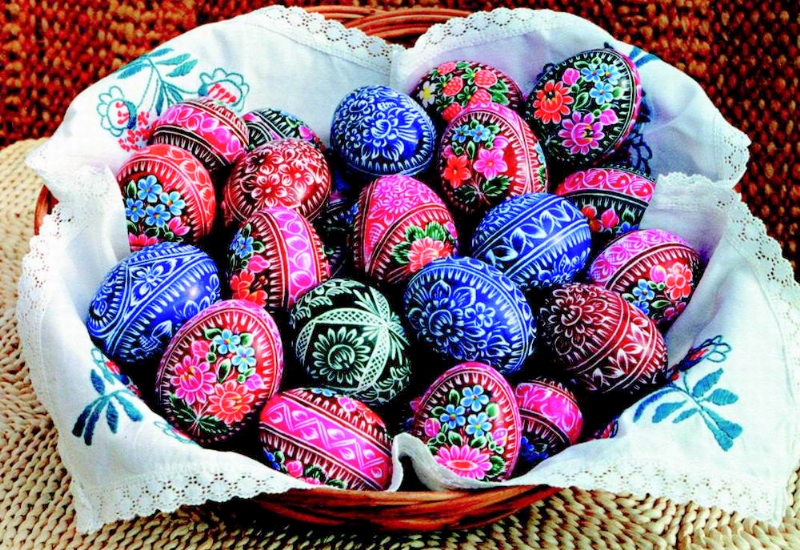
The egg is a popular symbol in many cultures. This ancient symbol is often associated with rebirth or fertility and new life. Legends involving the egg exist in almost every culture. Many of these stories focus on the egg as an instrument for the creation of the earth.
The provided excerpt offers just a glimpse into the extensive article. To unlock the full content, become a Patreon patron. Our team meticulously gathers and curates valuable information, sparing you hours, days, or even months of research elsewhere. Our goal is to streamline your access to the best of our cultural heritage. However, a portion of the content is locked behind a Patreon subscription to help sustain our operations and ensure the continued quality of over 1,200 pages of our work.
Alternatively, you can contribute through Venmo, PayPal, or by sending cash, checks, money orders. Additionally, buying Kytka’s books is another way to show your support.
Your contribution is indispensable in sustaining our efforts and allows us to continue sharing our rich cultural heritage with you. Remember, your subscriptions and donations are vital to our continued existence.



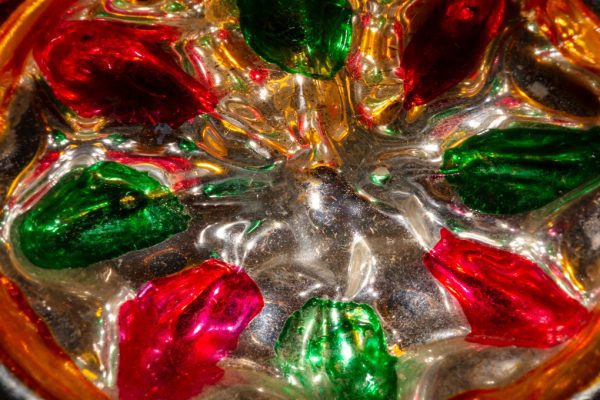
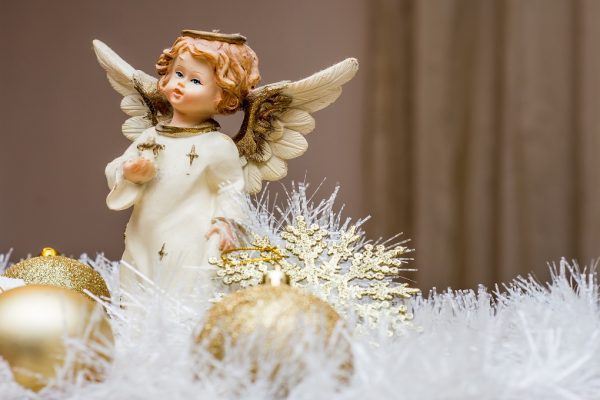
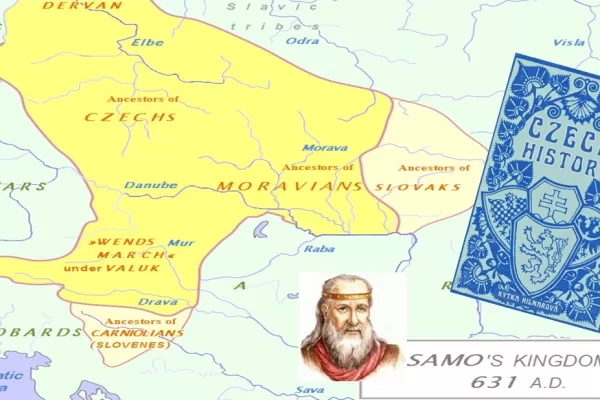
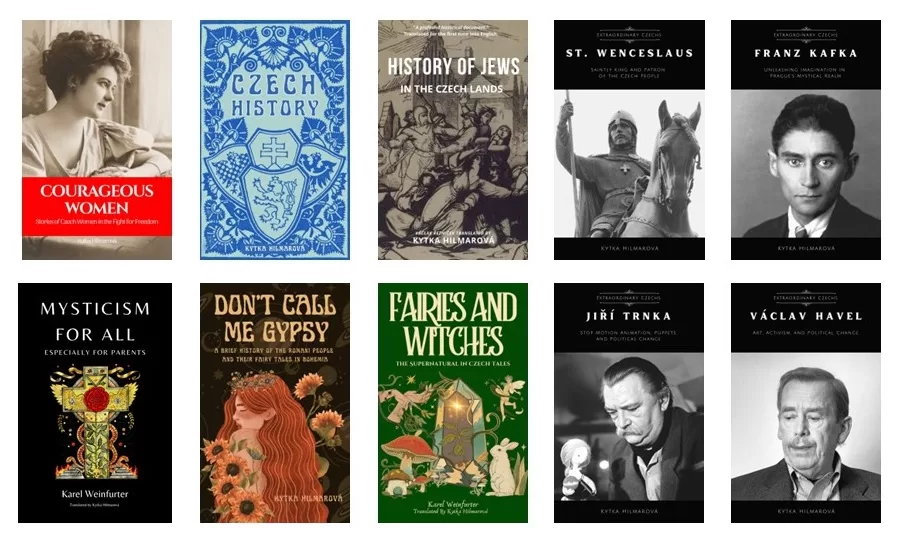
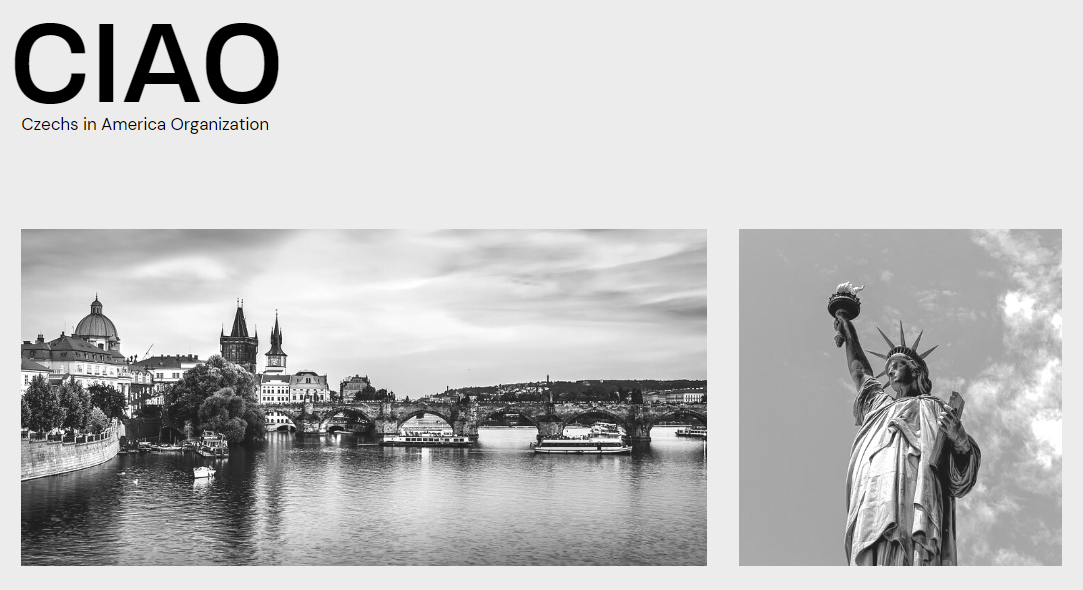
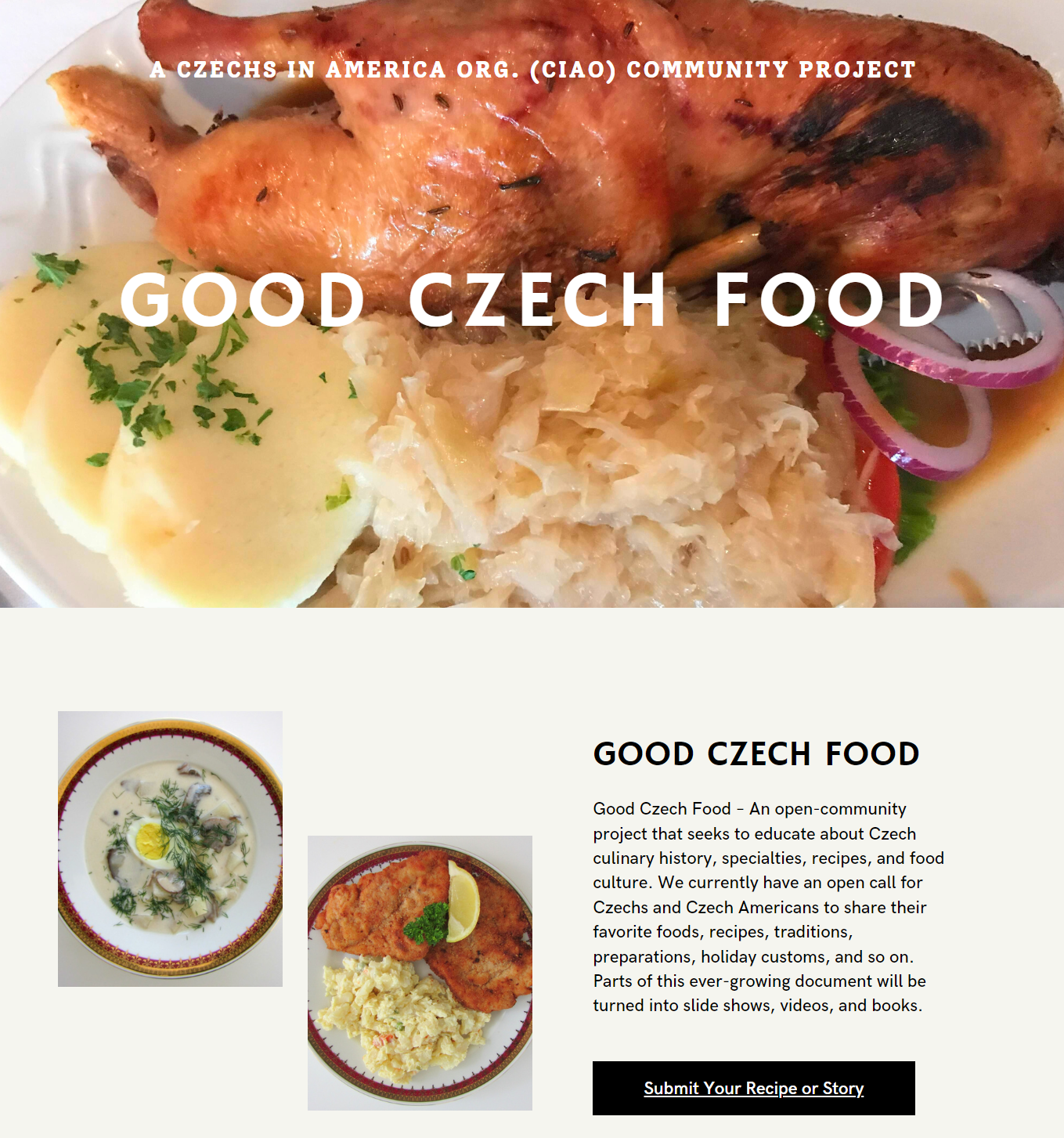
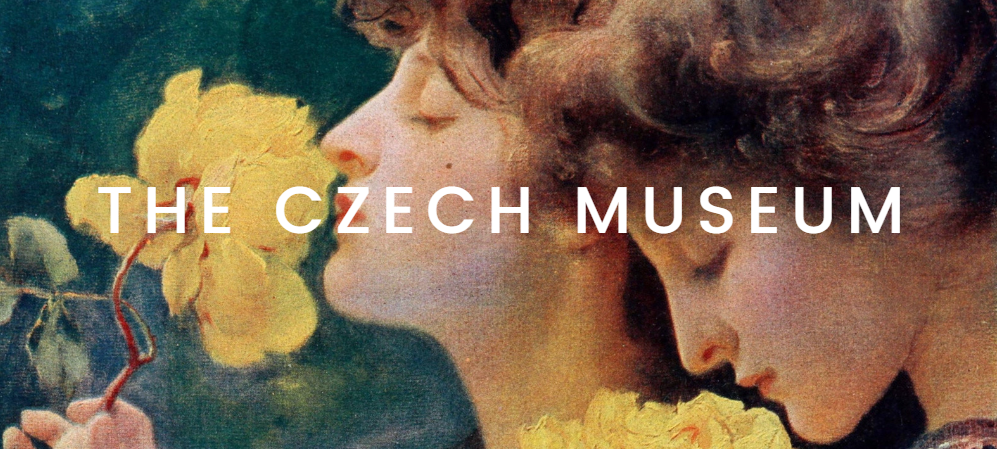
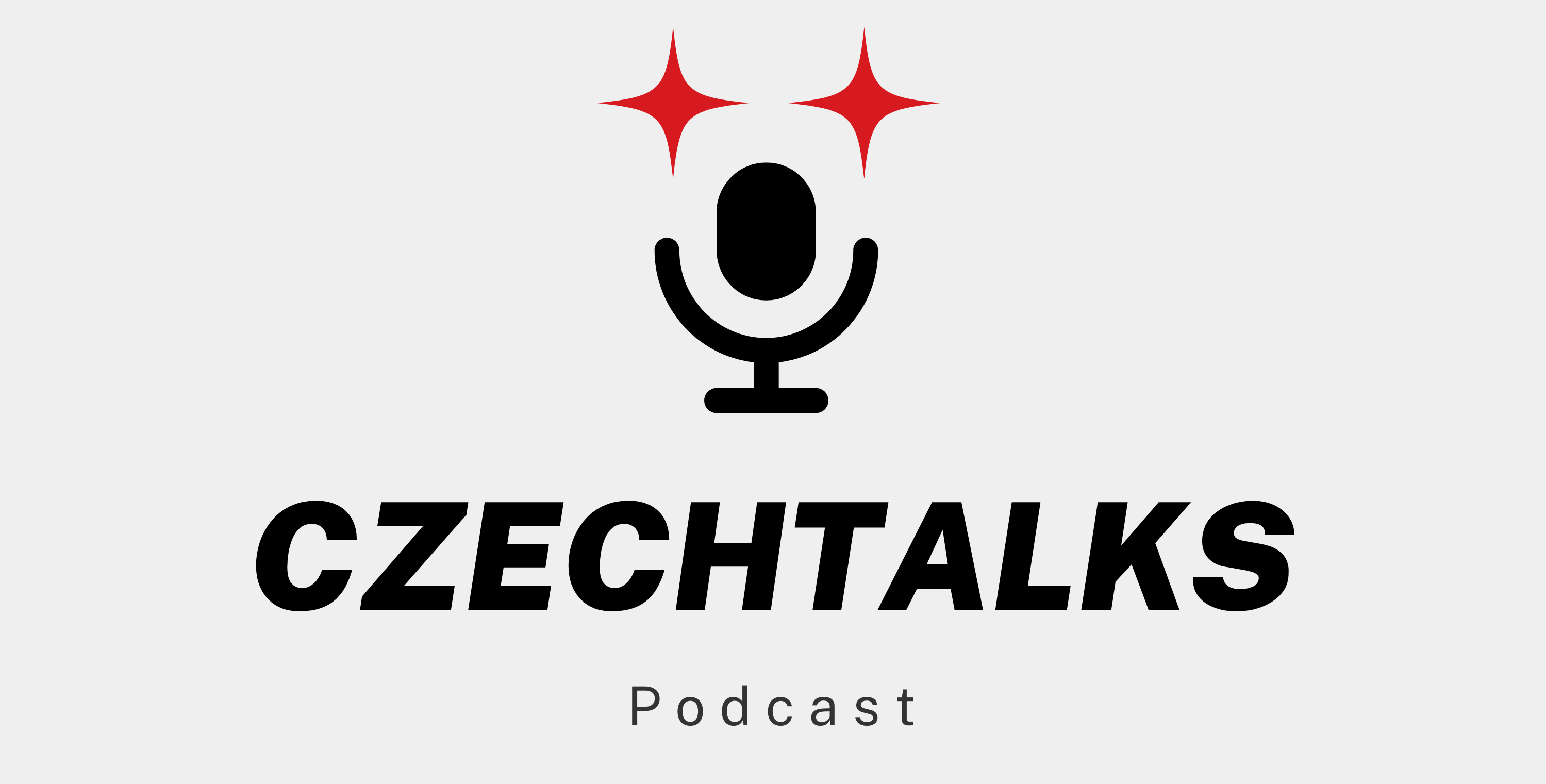
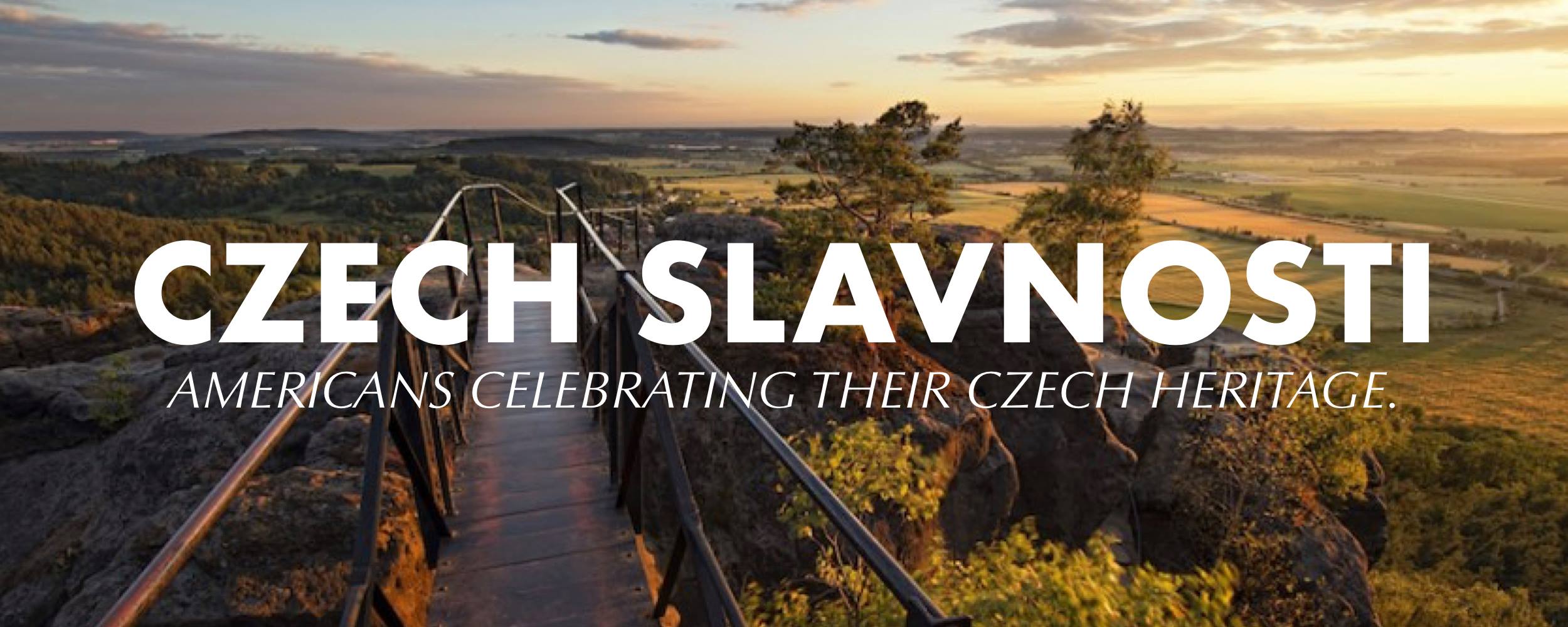
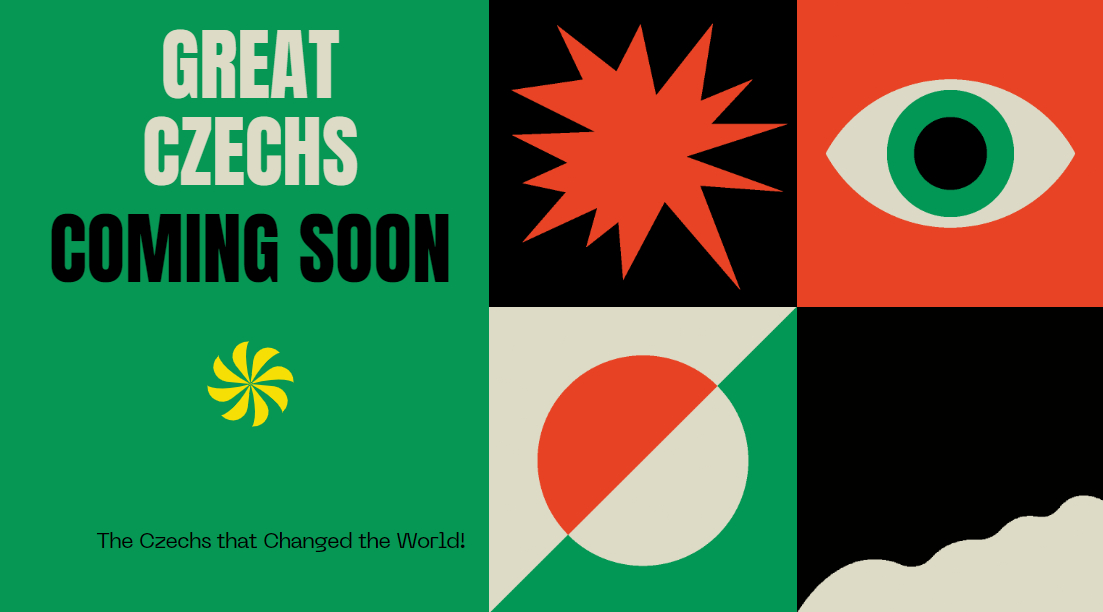
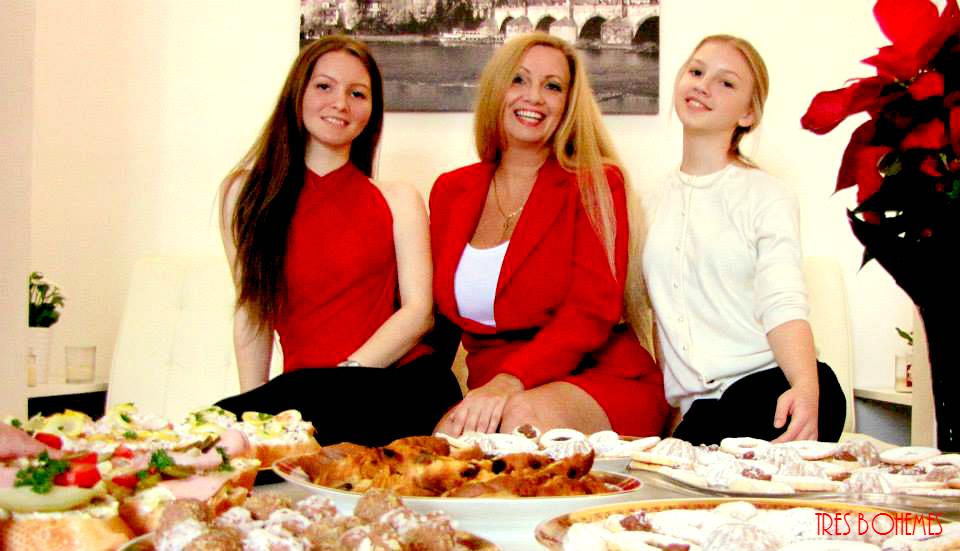
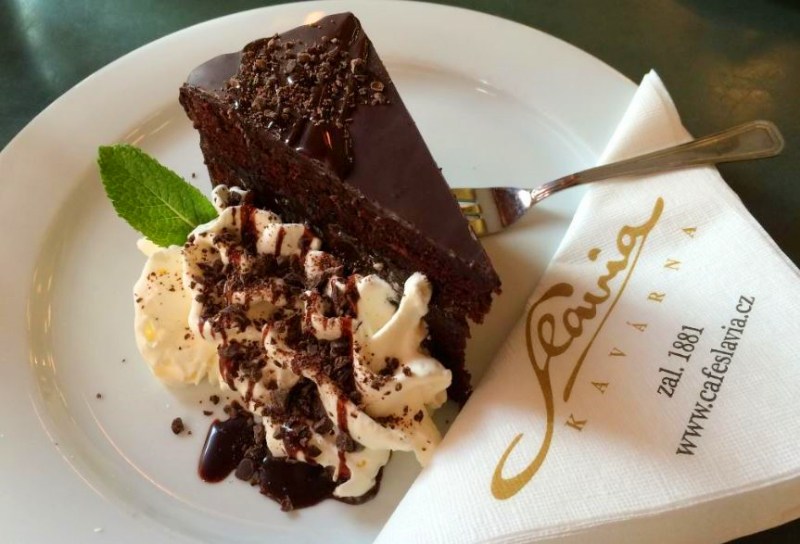
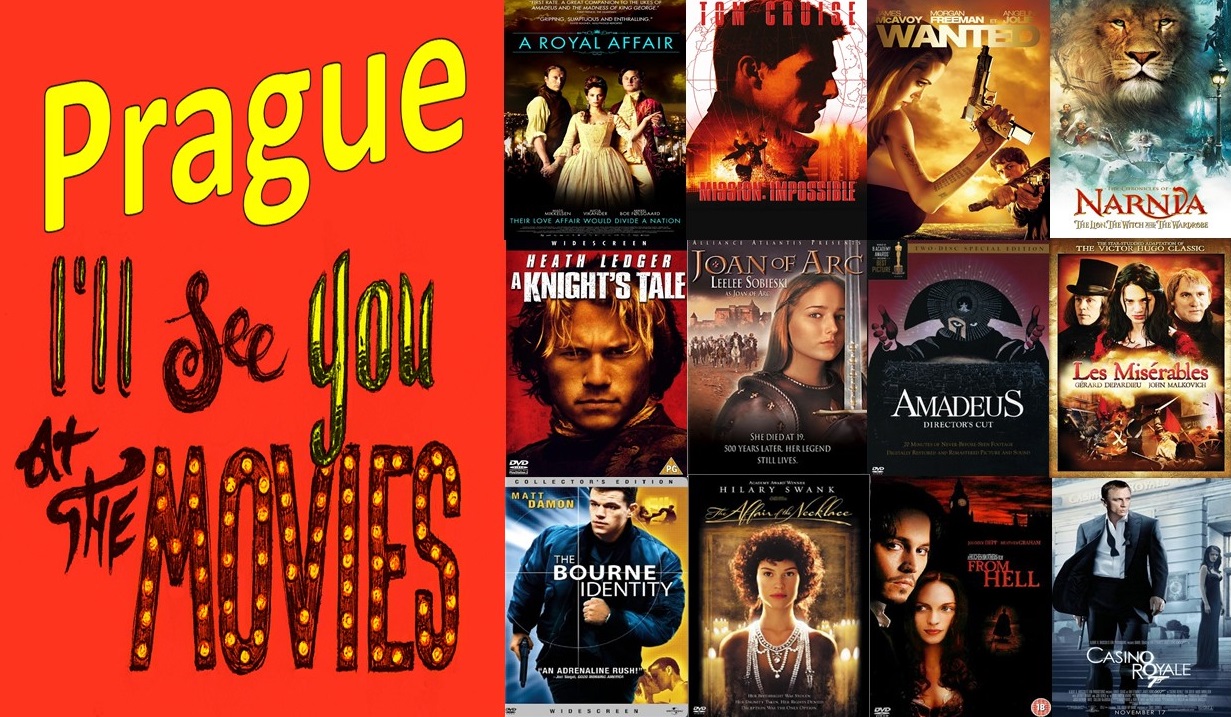

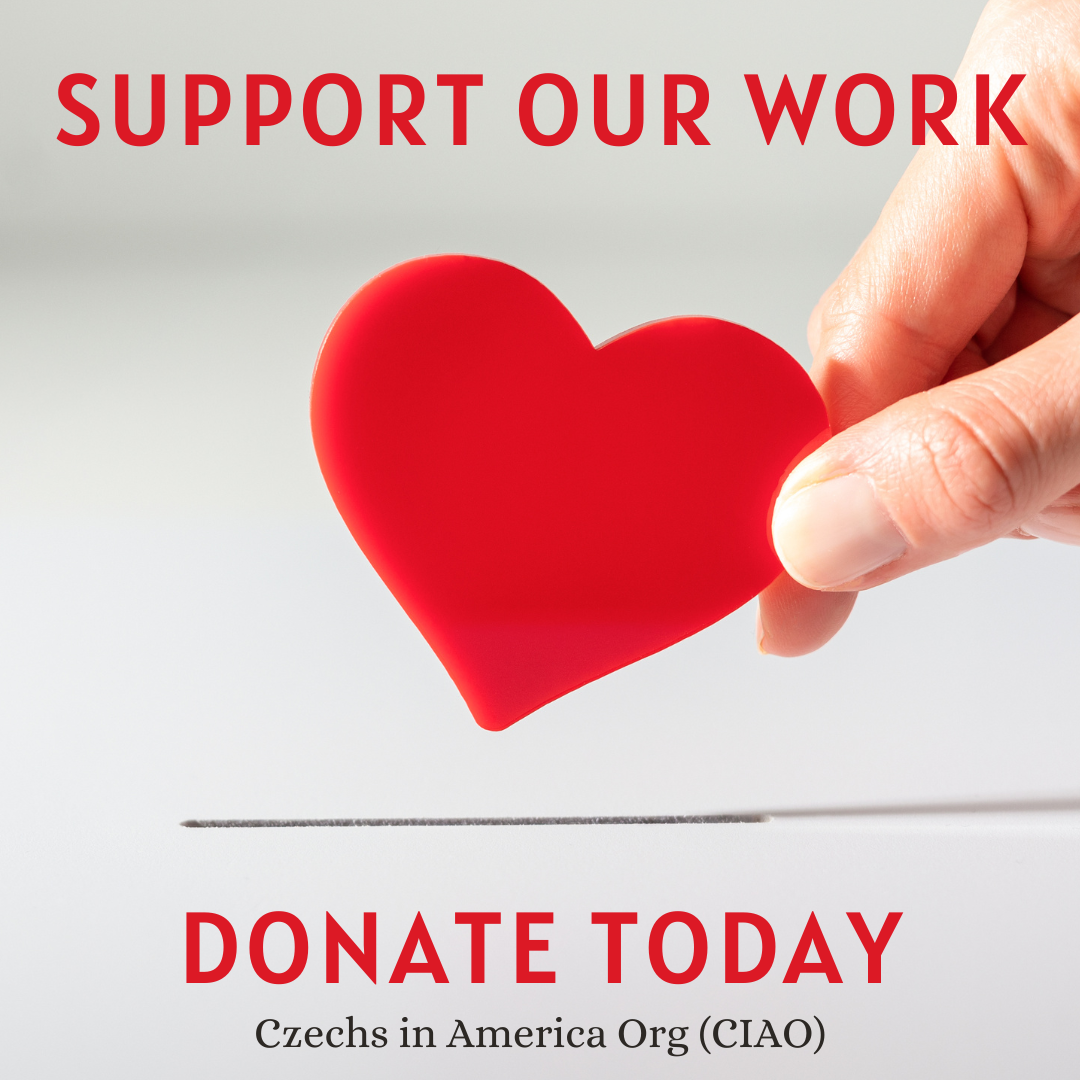
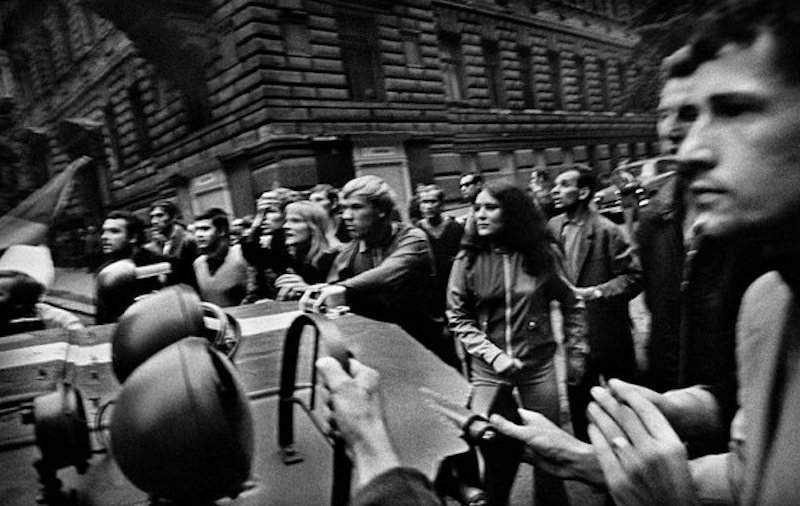
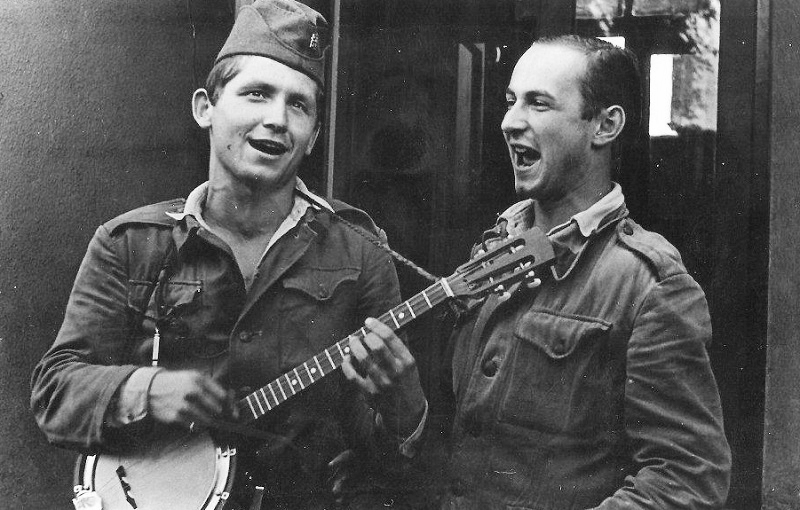
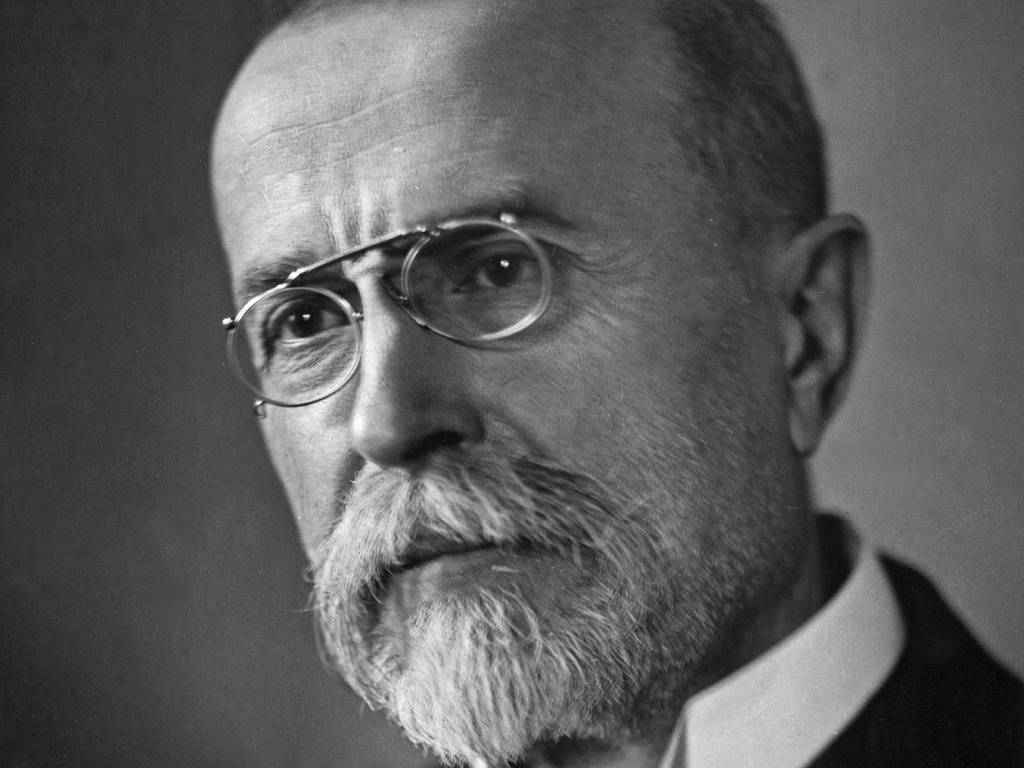
All my grandparents were born in or near Prague & I have always been interested in the Czech culture. Do you have any Czech recipies or know how/where I can find any? Thank you for sharing.
Hi Ellen,
We often post recipes here as well.
You can use the search feature or click on “recipes” or “Desserts” in the tag column.
Also, many are listed here: https://www.tresbohemes.com/tag/recipes/
Thank you for stopping by!
Tank you for sharing these beautiful designs.
These are beautiful. Saving this page to come back to at Easter time.
These are amazing. Thanks for the inspiration.
I bookmarked these and will be back in the spring time to use some of these adorable ideas for my own Easter eggs.